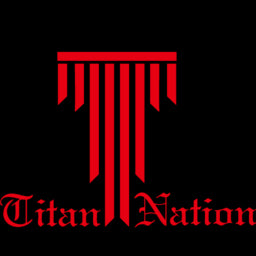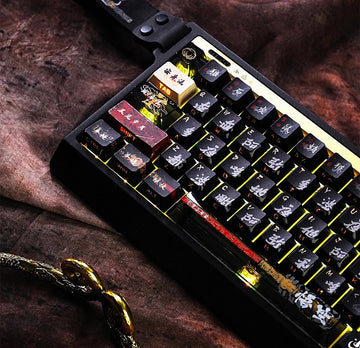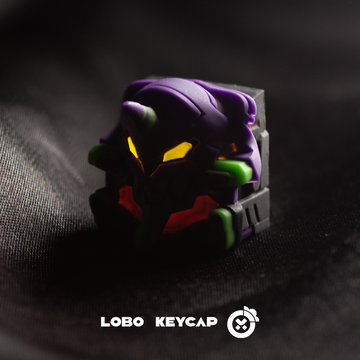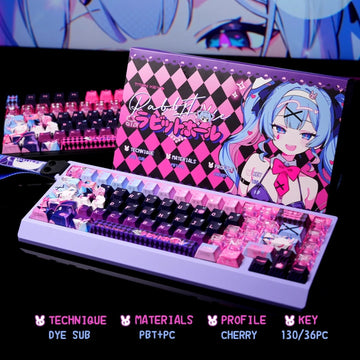Overview In the mechanical keyboard community, there is a wide variety of keyboard sizes and layouts to meet diverse user needs. Everyone has unique preferences when it comes to keyboard size and layout, which means there is no absolute "best" or "worst" keyboard. Understanding the different sizes, layouts, and compatible keycaps can help you find the option that best suits your requirements.
Components of a Keyboard
- Standard ANSI Keyboard Layout: This includes the basic terminology and functionality of keyboard keys.
Common Keyboard Sizes
- Full-Size Keyboard (100%): Includes all traditional modifier keys, arrow keys, and a numeric keypad, perfect for users who need full functionality.
- Tenkeyless (TKL): Similar to a full-size keyboard but without the numeric keypad, saving desk space.
- Compact Keyboard (60%): Omits the numeric keypad, arrow keys, and function row, ideal for users with limited space and for portability.
- 75% Keyboard: A compact layout that is nearly identical to TKL but smaller, catering to those who prefer a minimalist design.
- 65% Keyboard: Contains alphanumeric keys and modifiers, plus an extra right column for arrow keys, balancing functionality and compactness.
- 40% Keyboard: Includes only alphanumeric keys, relying on programmable layers for additional functionality, perfect for minimalists.

Keycap Recommendations for Different Layouts Choosing the right keycaps is essential for customizing your keyboard and enhancing your typing experience. Here are some keycap recommendations based on various keyboard layouts:
-
Full-Size and TKL Keyboards: Look for keycap sets like Keychron or Titan Nation that provide comprehensive base kits covering all necessary keys, including modifiers and numpad keys.
-
Compact (60%) Keyboards: The DSA or KAT profiles are great choices for 60% layouts, as they offer uniform key shapes that allow for easy rearrangement and customization.
-
75% and 65% Keyboards: Keysets designed specifically for these layouts, such as the Titan Nation profile, provide the necessary keys while maintaining a compact form factor.
-
40% Keyboards: Opt for keycap sets that include specific kits for less common layouts, like the Keychron extension kit, which covers the unique key sizes needed for 40% keyboards.

Function Layers Compact keyboards often utilize function layers to access missing keys. For example, on a 60% keyboard, holding the function key (Fn) allows you to use the WASD keys as arrow keys. This design enables users to enjoy rich functionality within a limited space.
Unconventional Keyboard Types These keyboards are harder to categorize and are typically sold through group buys rather than retail outlets. Examples include:
- Ortholinear Keyboards (Ortho): Featuring ortholinear grid layouts or varying column heights, providing a unique typing experience. Look for dedicated ergo kits to ensure compatibility.
- Split Keyboards: Divided into two parts, some are fully independent while others are split on a single board, offering better hand comfort.
- Macropads: Smaller boards used as accessories to regular keyboards, often designed for specific shortcut functions.
Conclusion
Choosing the right keyboard size, layout, and keycap set is crucial for enhancing your typing experience. Users should carefully consider their personal needs and habits to select the most suitable keyboard. Whether you prefer a full-size, compact, or unconventional layout, understanding the pros and cons of different options and compatible keycaps will help you find the ideal keyboard to boost your productivity and gaming performance.





